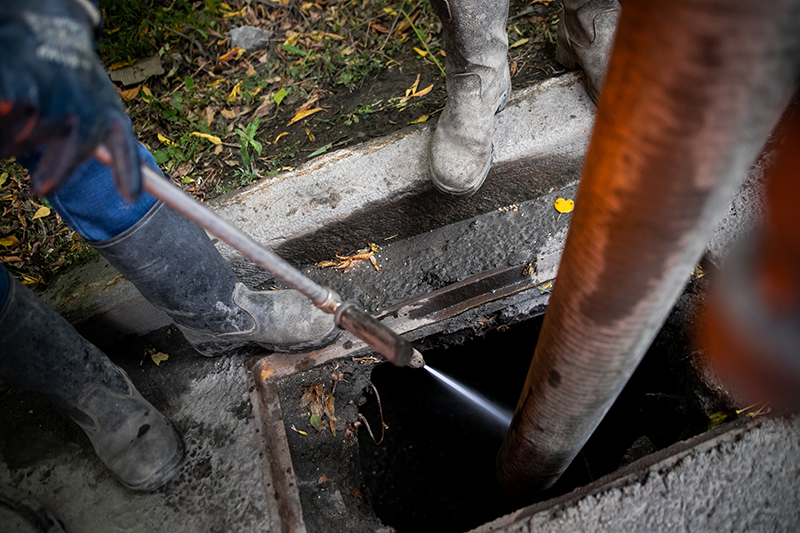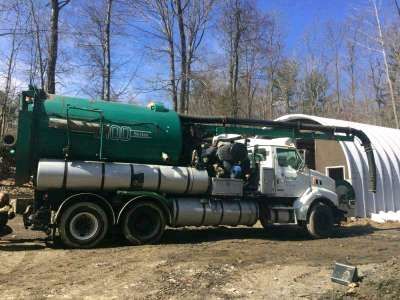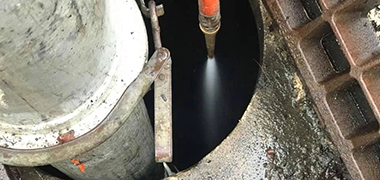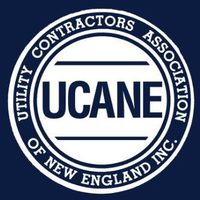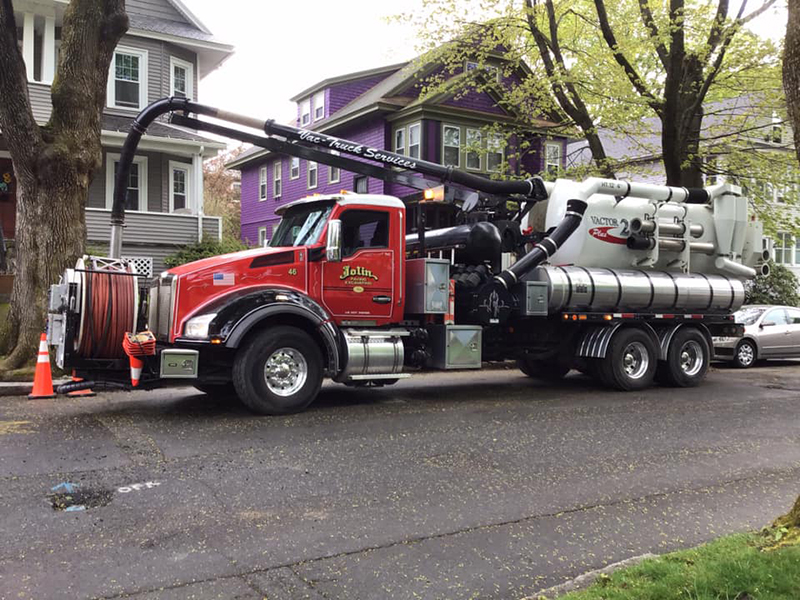
Did you know that hydro excavation is a cutting edge process that relies on pressurized water, a special hose, and a vacuum truck to excavate the ground? Although it’s been around for the better part of thirty (30) years, the construction industry as a whole is slow to adopt new technology. That’s why the traditional excavation method is still in use today, even though it’s an old, outdated, time consuming and incredibly expensive way to excavate. However, construction companies, developers, and property owners still use the traditional excavation method to this very day because that’s how things have always been done.
The bottom line is that you don’t need to use heavy-duty machinery. The days of excavating with backhoes, bulldozers, and commercial dump trucks can be over. Ask yourself the following question. If there’s a better way to do things that will save you both time and money, why wouldn’t you want to at least try it? The hydro excavation process takes significantly less time. You can excavate the same area in hours as opposed to days or even weeks. The hydro excavation process is significantly less expensive. Backhoes, bulldozers, and commercial dump trucks are incredibly expensive to own and operate.
The equipment costs millions of dollars to purchase and maintain. The machines also eat through massive quantities of fuel. That’s an even bigger problem since fuel prices have surged over the past few months and do not seem to be going back down at any time in the near future. The equipment operators are some of the highest paid workers in the construction industry. When you add it all up, the traditional excavation method is incredibly expensive. The hydro excavation process is so precise that it eliminates the need to backfill.
That means you don’t need to store the backfill, move the backfill around the jobsite, or spend the time backfilling once the foundation is cured. That’s why the hydro excavation method is becoming popular in the utilities industry where utility lines are installed underground. In essence, hydro excavation is perfect for trenching. So, how does the hydro excavation method actually work? Highly pressurized water is sprayed through a hose with laser-like precision at the area of the ground that requires excavating.
The water turns the soil into slurry. The slurry is removed with another hose that’s attached to a commercial vacuum truck. The slurry is stored in the vacuum truck’s storage tank until it’s driven off site and properly disposed of.
If you have any questions about our hydro excavation services, or would like to schedule an appointment we are happy to help. Please contact us today! Jolin Paving & Excavating, Inc. is your New England connection for a vast variety of environmentally related services. Our company has been serving Boston Massachusetts, Southern NH, VT & ME as well as Northern CT & RI since 1952. Please Contact us to learn more today.
Environmental related issues occur all of the time, and can strike at any time. That is exactly why you need to have a local and reliable environmental services company at the helm and ready to go whenever you actually need them.
continue reading

